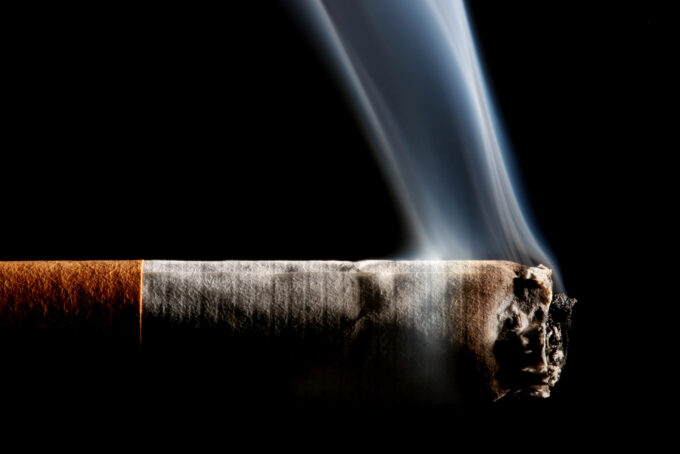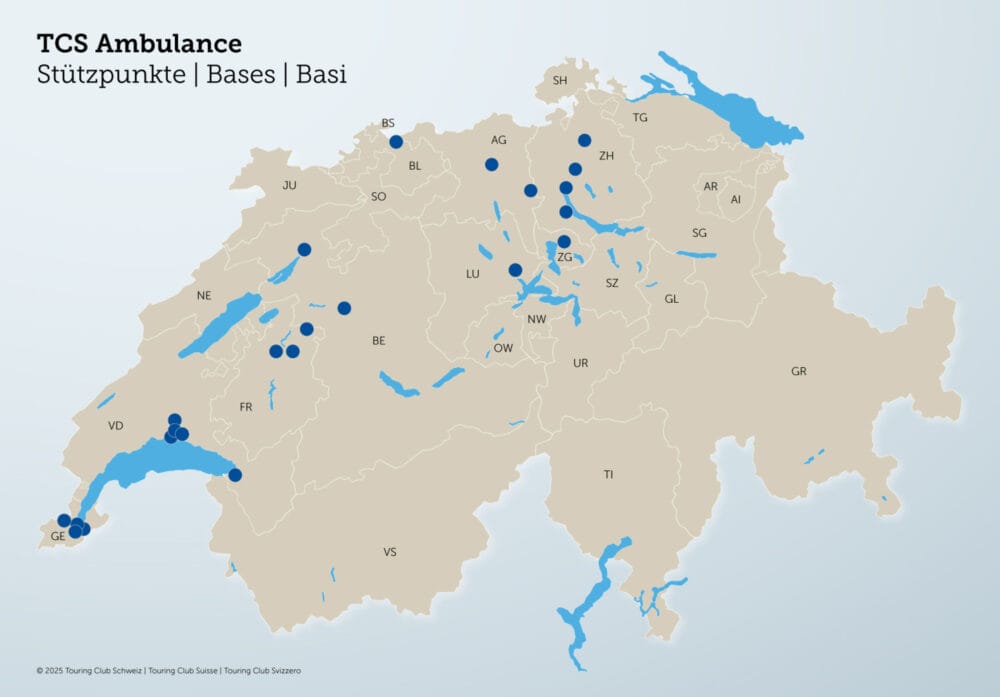PPE for skin protection: Handling determines effectiveness
A study shows that previously collected factors are not always sufficient to determine the effectiveness of PPE in protecting the skin.

Skin diseases rank high among occupational disease reports. Personal protective equipment (PPE) such as gloves is intended to protect employees from harmful influences. The German Federal Institute for Occupational Safety and Health (BAuA) has had the effect of personal protective equipment examined in a comparative review based on literature data. The Report „Effectiveness of personal protective equipment against dermal exposure - a comparative survey", which was commissioned by the BAuA provides a comprehensive picture of the current state of knowledge. It also looks at factors that influence the effectiveness of different protective equipment. In addition to the properties of the equipment, for example, the correct application is decisive for the achievable protective effect.
There are different types of PPE to protect employees from skin contact hazards. The most common are gloves. However, protective suits, hoods and shoes are also used. Until now, their effectiveness has been determined primarily on the basis of material properties such as permeability. Breakthrough times, for example, make it possible to estimate how long a material can withstand a chemical substance. Aging and wear can also reduce the effectiveness of protective equipment. Different studies examined the effectiveness of individual materials and equipment. In the report, the current status of these studies is compiled in a database and analyzed comparatively to examine the standard factors for investigating and evaluating protective clothing.
Factors are not enough
The comparative study has shown that the factors surveyed to date are not always sufficient to reliably determine the effectiveness of protective clothing. On the one hand, the study conditions can have an impact on the protective factors determined in studies. These include the study design or the sampling. On the other hand, the level of protection is also influenced by application-related factors. In addition to the duration of use and influences from the environment, the behavior of the user also determines the effectiveness of personal protective equipment. This includes correct donning and doffing as well as proper cleaning and application of the equipment. A numerical assessment of these factors is hardly possible on the basis of the existing data.
Source: BAuA









